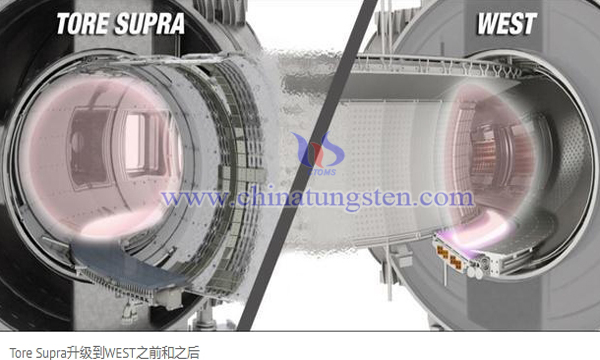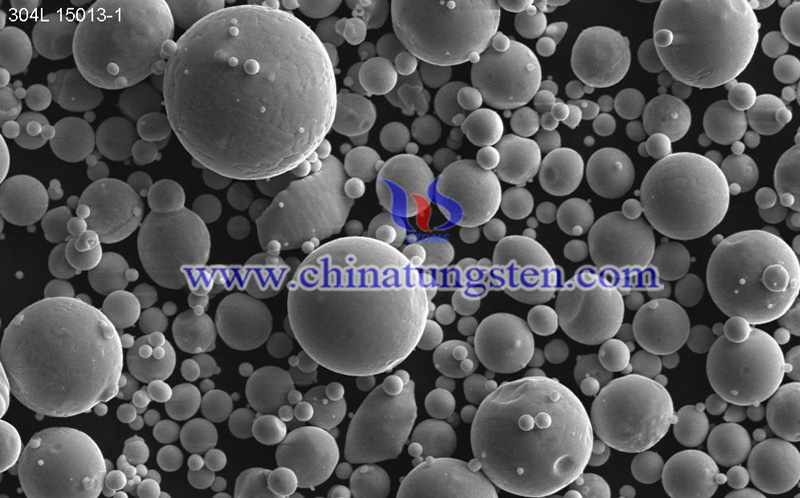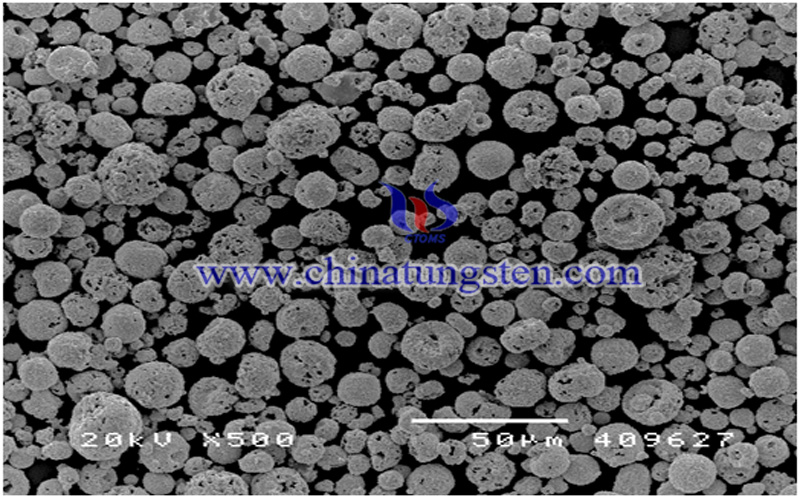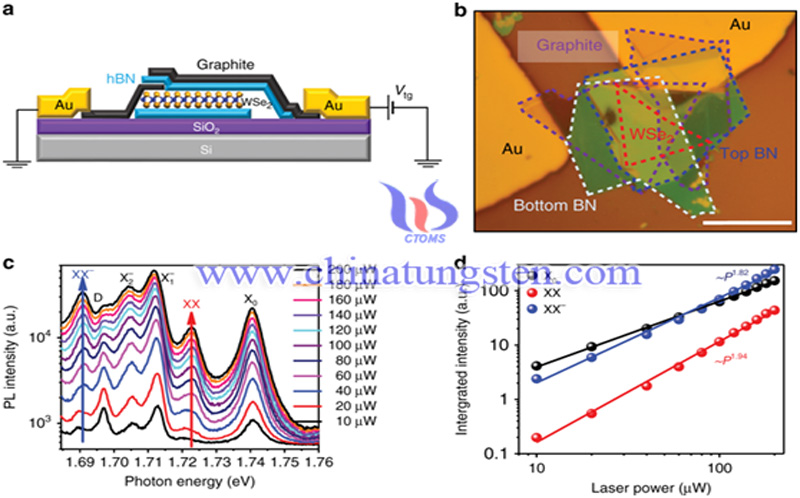Tungsten-Based Materials Applied in French West Tokamak Project
- Details
- Category: Tungsten Information
- Published on Wednesday, 19 June 2019 13:03
- Written by yuntao
- Hits: 1347

Recently, a team of scientists at the US Department of Energy's Princeton Plasma Physics Laboratory won the US Department of Energy Science Award, which resulted in the development of two new X-ray diagnostic instruments for the French West Tokamak project. This instrument can be used to diagnose the possible risk of melting of the first wall material of the plasma in the ITER artificial solar project.
Read more: Tungsten-Based Materials Applied in French West Tokamak Project
Spherical Tungsten Carbide Powder Property and Application
- Details
- Category: Tungsten Information
- Published on Tuesday, 18 June 2019 17:51
- Written by Caodan
- Hits: 1035

Spherical tungsten carbide powder has the microstructure of fine equiaxed dendrites, its morphology of dense homogeneous spherical WC particles. It maintains a stable chemical property, good fluxibility and hardness, and outstanding wear or abrasion resistance.
Read more: Spherical Tungsten Carbide Powder Property and Application
Spherical Tungsten Powder Production Methods - 1/2
- Details
- Category: Tungsten Information
- Published on Monday, 17 June 2019 15:00
- Written by Caodan
- Hits: 1470

Spherical tungsten powder’s particle size for producing cemented carbide has been changing smaller of the past 20 years. As the fine-grained cemented carbide tungsten powder can significantly improve the hardness and strength of the alloy.
Read more: Spherical Tungsten Powder Production Methods - 1/2
Spherical Tungsten Powder Production Methods - 2/2
- Details
- Category: Tungsten Information
- Published on Monday, 17 June 2019 15:13
- Written by Caodan
- Hits: 1284

Many spherical tungsten powder manufacture methods have been researched and developed by advanced technologies to comply with the more strictly usage requirements in different industries. Below are another two tungsten-hydrogen halide reduction methods.
Read more: Spherical Tungsten Powder Production Methods - 2/2
0.7nm Tungsten Selenide (WSe2) Been Developed
- Details
- Category: Tungsten Information
- Published on Monday, 17 June 2019 14:50
- Written by Caodan
- Hits: 1415

0.7nm tungsten diselenide (WSe2) diode has been successfully developed by Dr. Lin’s team from integrated Synchrotron Radiation Research Center of Taiwan Hanyu energy technology company, it’s meaningful of our humans have finally broken the semiconductor 3nm process limit, surpassing Moore's Law and directly entering the sub-nano era (<1 nm). It also reveals that the era of compound semiconductors will eventually replace silicon semiconductors.
More Articles...
- Preparation Method of Nanocrystalline Reinforced Tungsten Oxide Electrochromic Film
- Preparation Method of Monoclinic Phase Cobalt Tungstate Nanorod Powder
- How To Prepare Titanium-Tungsten Binary Composite Photocatalyst
- A Nano Titanium Oxide-Zirconia Tungsten Powder With High Infrared Radiation Performance





 sales@chinatungsten.com
sales@chinatungsten.com